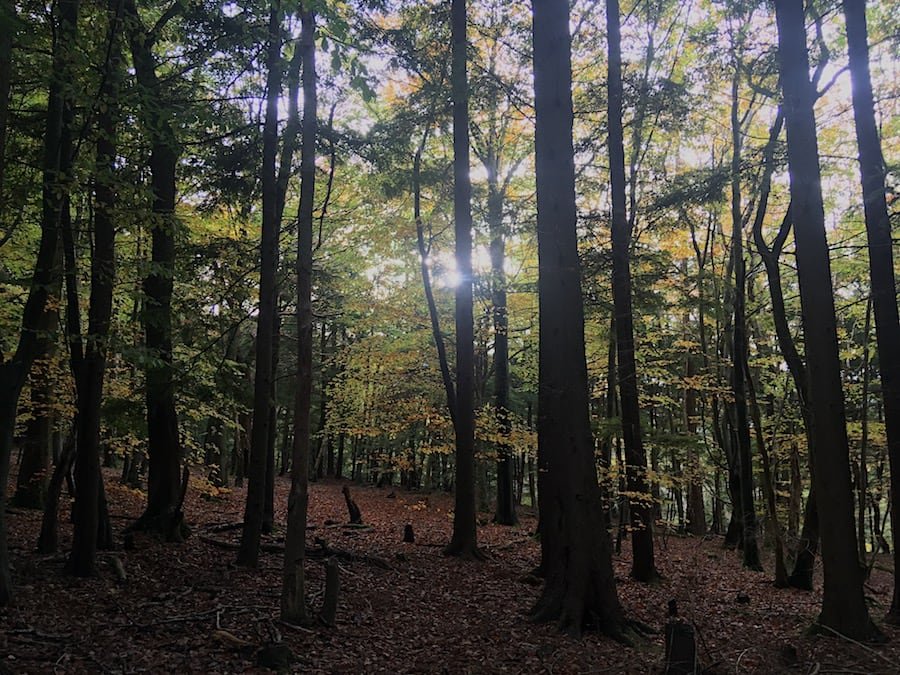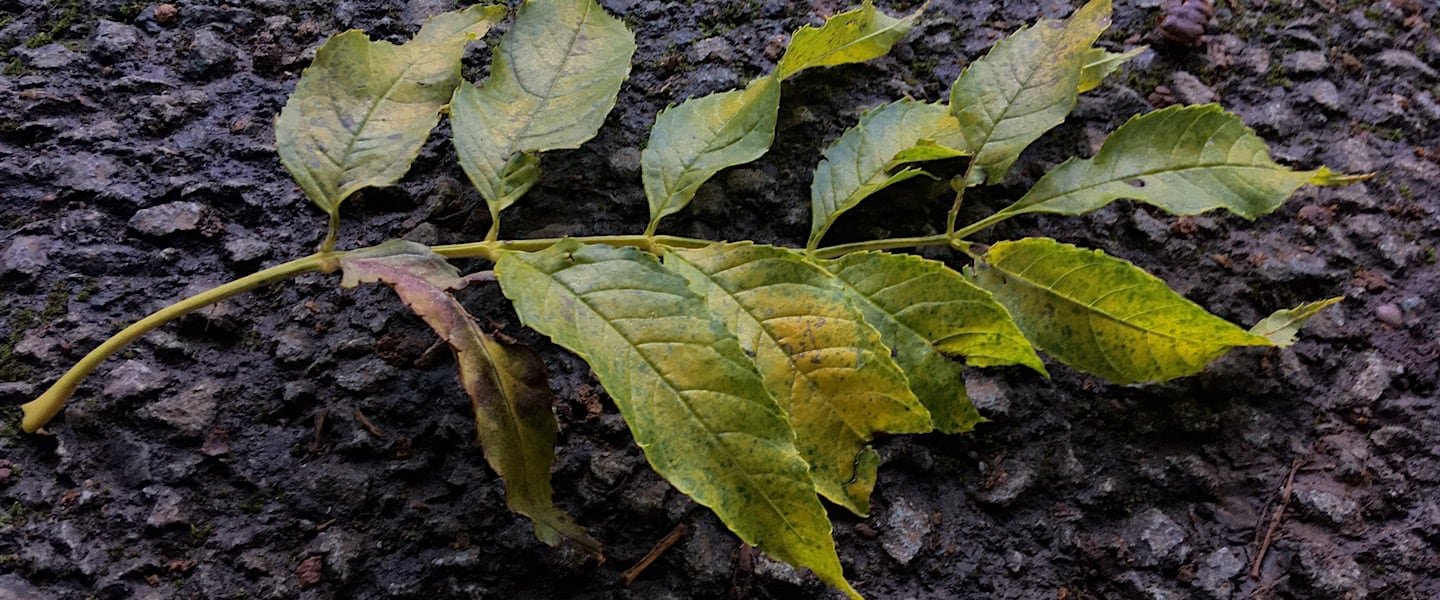Ash Dieback in the UK
Ash Dieback is a highly destructive fungus which will kill around 80% of the UK’s Ash trees, costing billions of pounds and having huge impacts on surrounding wildlife. Here we explore Ash Dieback in the UK and the impact it is already having on our woodlands.
What is Ash Dieback & Where did it Come From?
The scientific name for Ash Dieback is Hymenoscyphus fraxineus, also known as Chalara. The fungus originates from Asia, where it doesn’t do much damage to its native trees. However, the introduction of it to Europe has been devastating because our native trees have not evolved alongside the fungus – meaning they have not developed any natural defence against it.
So how did it get here from Asia? Many recognise the ability of the spores to spread via the wind as a valid reason for its arrival in Europe. However, It is also believed to have been accidentally brought back to Europe on imported saplings, which has no doubt increased the rate of the fungus growth and sped up the spreading of the disease across the UK to more mature trees.
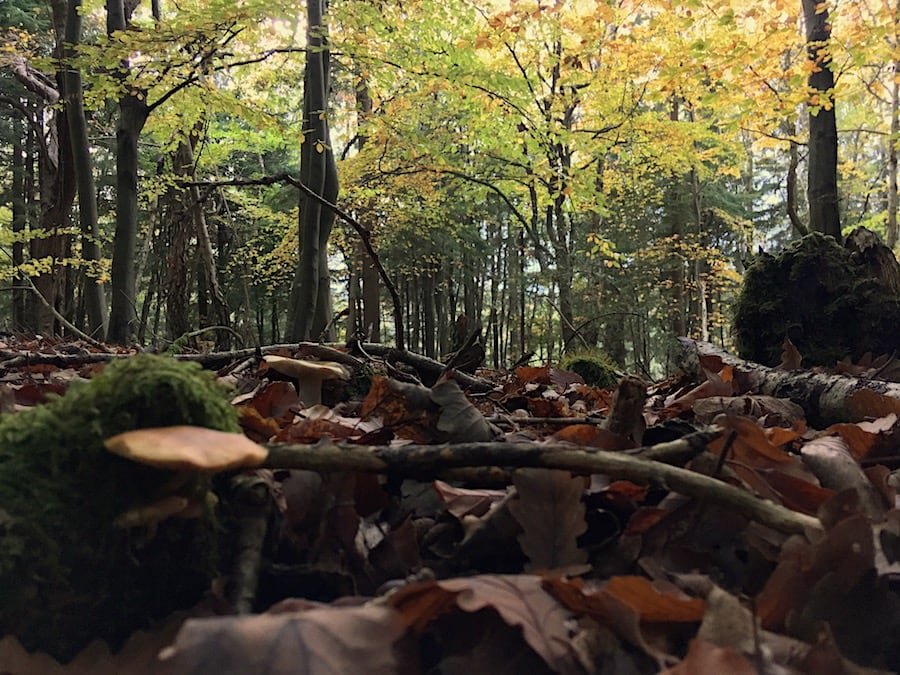
What does ash dieback look like and what does it do?
Ash dieback can affect young and mature trees alike, the trees can fight back year on year but eventually the fungus will grow inside of the tree and prevent it from taking water from the ground – killing it. The fungus starts off on the leaves of the trees where it penetrates the tree. The signs to look for according to the Woodland Trust are:
– Dark patches on the leaves in the summer that turn black
– Early shedding of the leaves
– Dark brown, diamond shape lesions where the branches meets the trunk of the tree
– Greyish looking bark underneath
– Lower buds growing that were dormant – indicating stress
What will be the impact?
The impact on our woodlands, biodiveristy and ecosystems will be huge here in the UK. In terms of monetary cost it is estimated it will cost around 15 billion to manage the disease. The effects on our surrounding wildlife will be great too with many native species using the Ash tree for food and shelter. In fact a report by Forest Research found that 953 species were reliant on Ash. Creatures such as Woodmice, dormice and Bullfinches rely on the Ash tree seeds for food. Mature trees provide nesting sites for birds such as Woodpeckers and Owls and roosting sites for some bat species too.
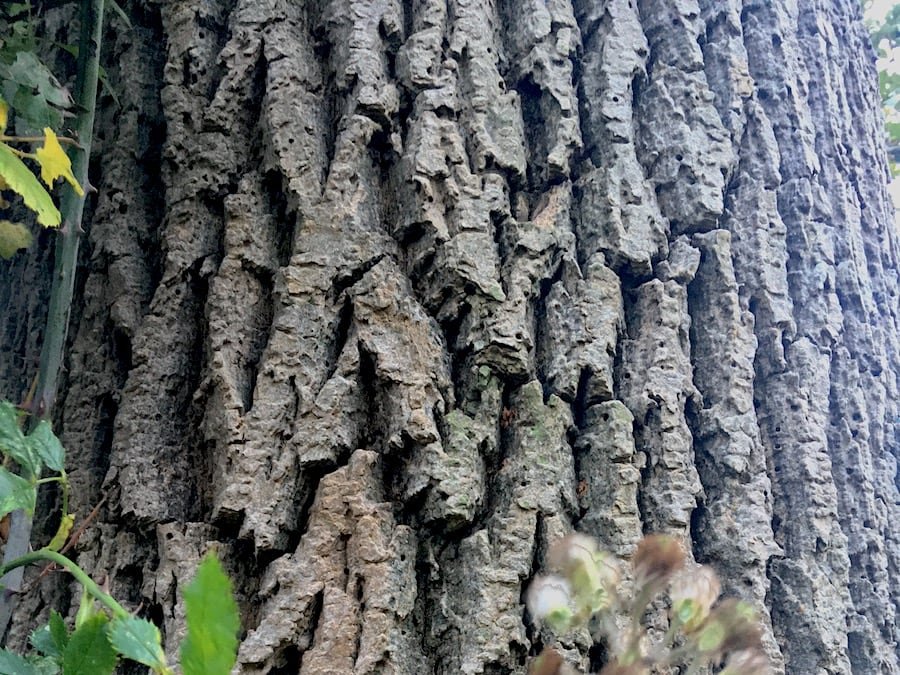
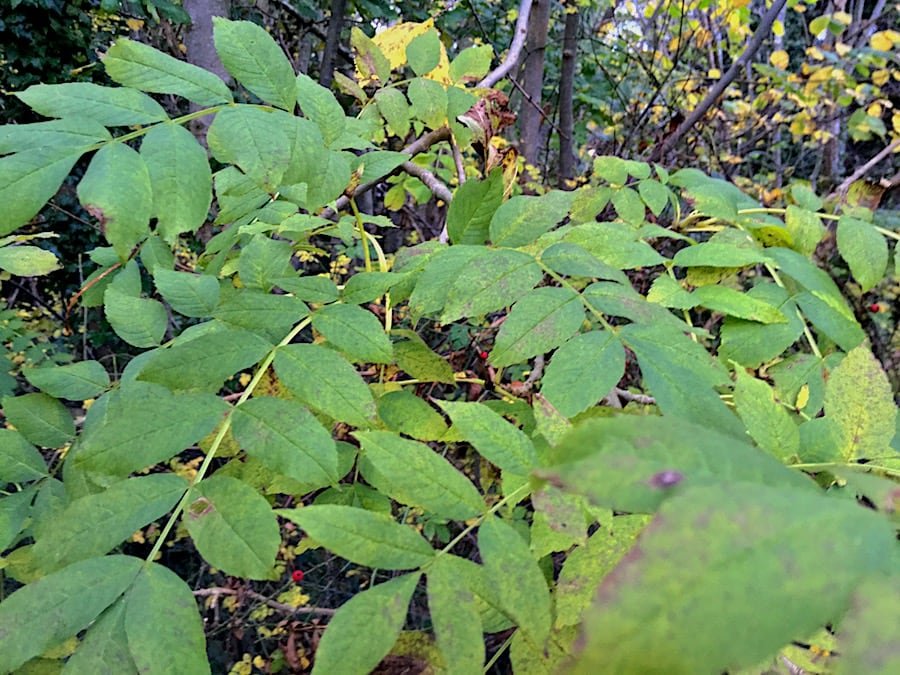
What is being done to help?
Thankfully, its not all doom and gloom! According to the Woodland Trust, we may have some trees that are tolerant to the fungus, meaning population could return over a 50 year period.
In the meantime, the Woodland Trust are improving the resilience of our woodlands by increasing the genetic diversity of native trees. They only plant and sell UK sourced tree and plants to protect the native species. Other organisations can do their part by checking trees regularly and reporting findings as well as not importing non native species which may disrupt the delicate balance.
Join the Fight Against Tree Disease
There are things we can all do to help maintain and protect our woodlands! Observatree have created a toolkit for several species fighting disease. Giving all the information and a checklist to complete.
If you do spot signs in your area and it is not a known area for Ash Dieback, an alert via Treealert should be sent.
Lastly, we can also help prevent the spread by:
– Cleaning shoes before and after visiting woodlands
– Avoid taking plant cuttings from the countryside
– Wash car/bike tyres to remove debris and mud
